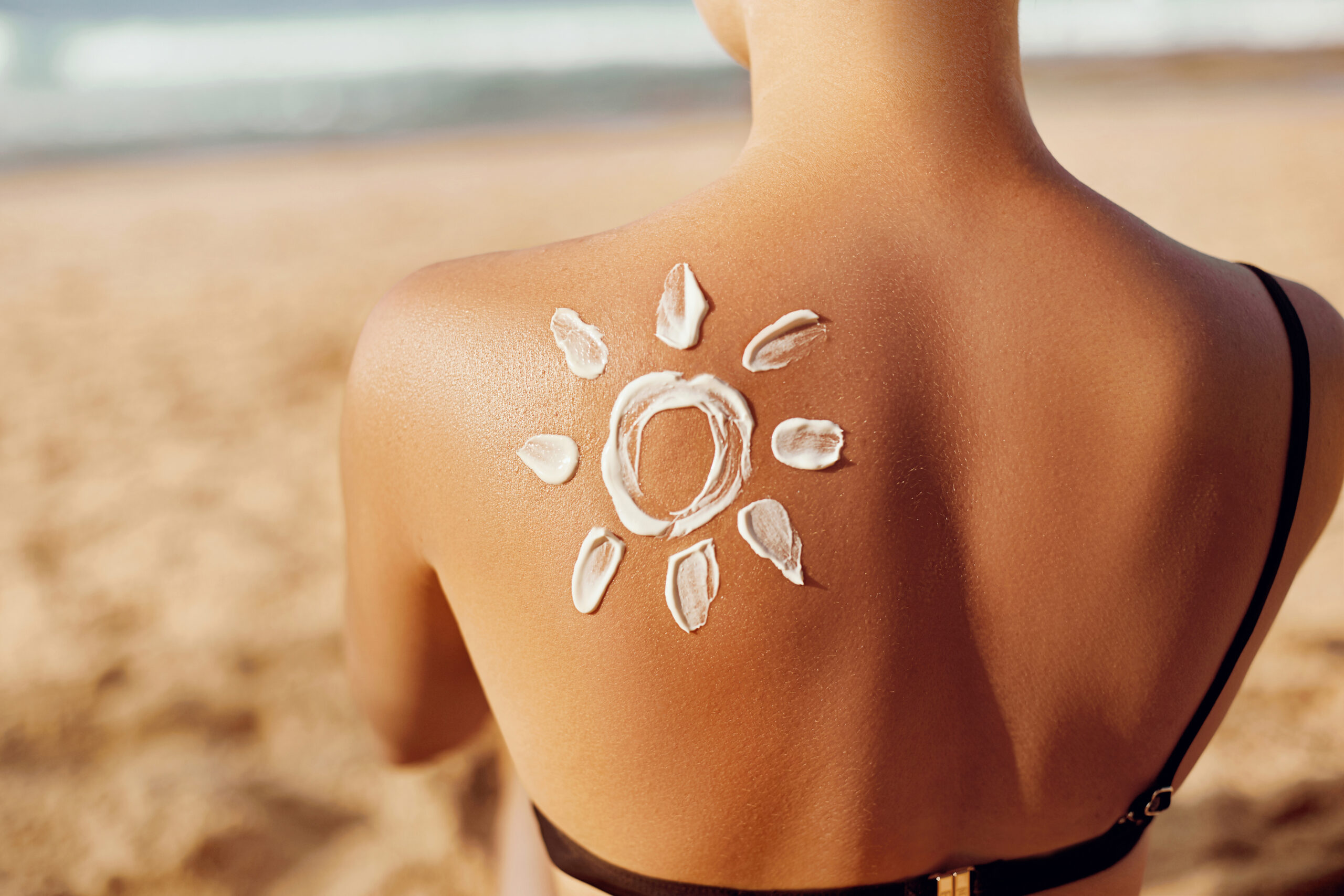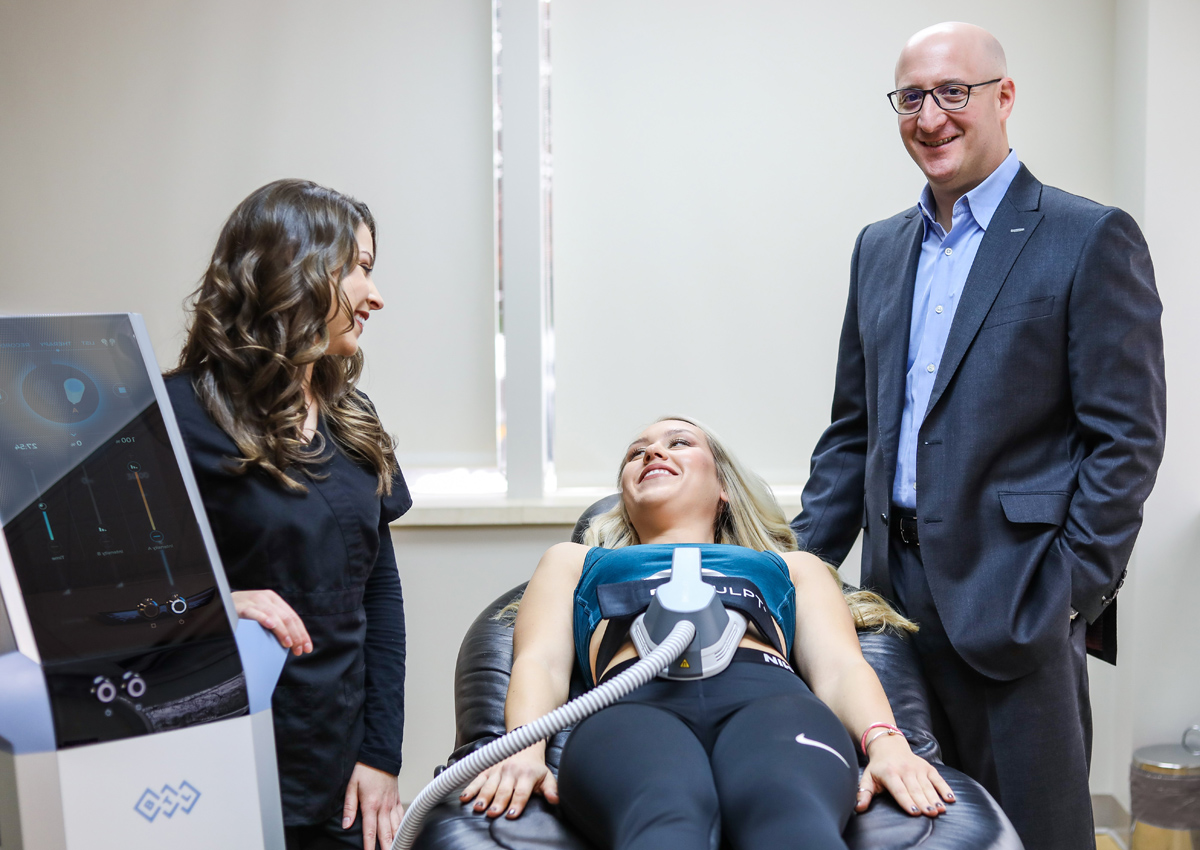Sun Protection and Skin Cancer Prevention: A Pragmatic Approach

On the lookout for a healthy lifestyle, protecting your skin from the sun’s harmful rays is often overlooked. The significance of sun protection extends beyond cosmetic concerns, playing a crucial role in preventing skin cancer.
Today, we’ll attempt to shed some light on the importance of sun protection. This includes the subtle signs of skin cancer and practical preventive measures that can be easily incorporated into your daily routine.
Understanding Sun Protection
Sun protection is not just a matter of vanity; it is a fundamental aspect of maintaining overall health. Prolonged exposure to the sun’s ultraviolet (UV) rays can lead to various skin issues, ranging from premature aging to skin cancer.
While the sun is a natural source of Vitamin D, moderation and protection are key to reaping its benefits without compromising your skin’s health.
The Basics of Sunscreen
One of the most effective and accessible methods of sun protection is the use of sunscreen. Sunscreen acts as a barrier, preventing harmful UV rays from penetrating the skin. When choosing a sunscreen, opt for a broad-spectrum product with a sun protection factor (SPF) of 30 or higher.
Apply it generously and regularly, especially when engaging in outdoor activities.
It’s important to note that sunscreen is not a one-size-fits-all solution. Different skin types may require different formulations, so it’s advisable to consult with a dermatologist to find the most suitable product for your skin.
Additionally, sunscreen should be applied even on cloudy days, as UV rays can penetrate cloud cover.
Recognizing the Signs of Skin Cancer
Being proactive about your skin’s health involves more than just applying sunscreen. It also requires awareness of the signs of skin cancer. Regularly inspect your skin for any changes, including new moles, changes in the appearance of existing moles, or unusual growths.
Skin cancer can manifest in various forms, such as basal cell carcinoma, squamous cell carcinoma, and melanoma.
Basal cell carcinoma often appears as a pearly or waxy bump, while squamous cell carcinoma may manifest as a red or scaly patch of skin. Melanoma, the most aggressive form of skin cancer, can present as an irregularly shaped mole with uneven colors. If you notice any suspicious changes on your skin, it is crucial to consult with a dermatologist promptly.
Preventive Measures Beyond Sunscreen
While sunscreen is a cornerstone of sun protection, there are additional measures that can enhance your defense against harmful UV rays. Seek shade during peak sunlight hours, typically between 10 a.m. and 4 p.m.
Wearing protective clothing, such as wide-brimmed hats and long-sleeved shirts, provides an extra layer of defense. Sunglasses blocking UVA and UVB rays are also essential to protect your eyes and the delicate skin around them.
Regular dermatological check-ups are a proactive approach to skin cancer prevention. A dermatologist can conduct thorough examinations, identifying potential issues before they become more serious.
Early detection significantly increases the chances of successful treatment. If not, then consultation can help with the aftermath of getting skin cancer.
Conclusion
Sun protection is a non-negotiable element that directly impacts your skin’s long-term well-being. By incorporating simple yet effective measures such as sunscreen application, regular skin checks, and protective clothing, you can significantly reduce your risk of developing skin cancer.
This pragmatic approach to sun protection goes beyond mere aesthetics; it is a conscious effort to prioritize your health and mitigate the potential consequences of prolonged sun exposure. Remember, taking small steps today can lead to significant benefits for your skin’s health tomorrow.





